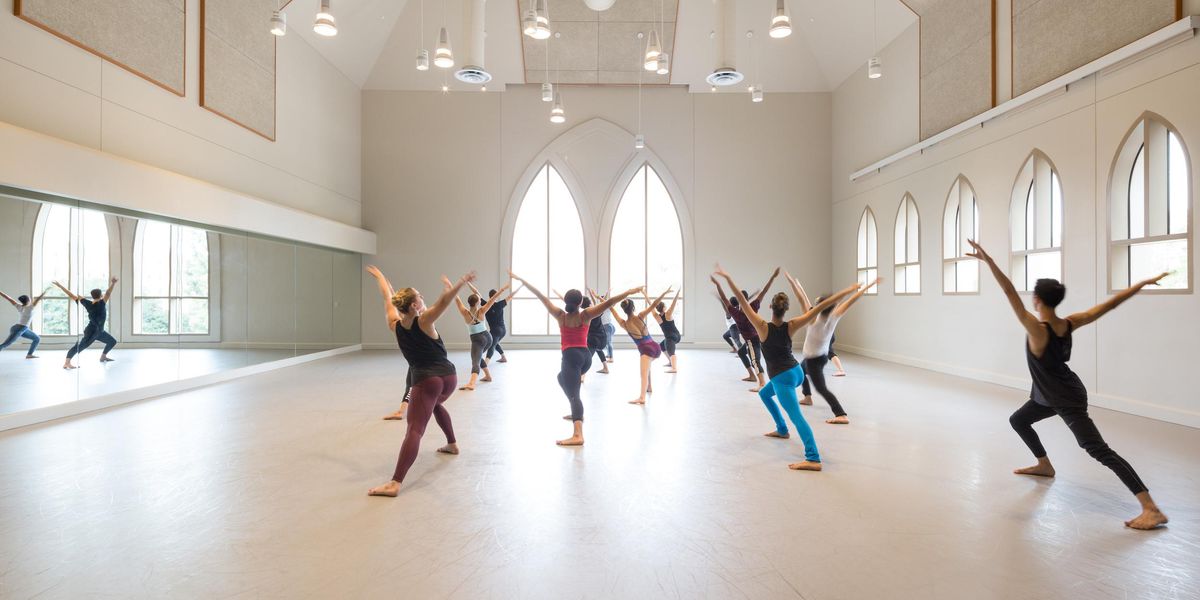Advice for Dancers: Going Nowhere Fast?
What to do when you’re waiting for a promotion, plus advice on keeping your energy up all season long
Physical therapy can help lessen the nagging effects of a bone bruise – and gradually get you back to dancing.
Our company’s morale has hit rock bottom. Most of the dancers have given up hope for getting better roles or promotions because the staff only seems to value big stars from overseas who pack the house. I need to challenge myself as an artist, but I’m afraid to leave a world-class company. What can I do?
—Anonymous
Don’t cut your ties until you have a job offer. Your company may be struggling with financial deficits (who isn’t?), leading them to ignore homegrown talent in favor of big-name stars who’ve captured the public’s attention. Yet, as dancers retire, openings often appear, so there’s always a possibility of future opportunities. At the moment, you could try speaking to your director to see if you can learn more demanding roles to show that you’re serious about your career. To keep up your morale, look for an inspiring teacher outside of your company who can help you progress and work on variations that you’d like to perform. Meanwhile, be on the lookout for auditions for smaller companies that might appreciate your talent more. Dance Magazine’s annual Auditions Guide in each February issue is a good place to start. Be prepared to go global by checking out job offerings around the world, and have your resumé, head/body shots and short video in tip-top shape.
Yikes! I slipped onstage and smashed my knee. My therapist says I may have a “bone bruise” and told me to ice it for two to three days and rest. Is this a serious injury? I’ve never had a painful bruise and I’m not a wimp.
—Anthony, New York, NY
It’s only serious if you ignore it! Right now, you’ve taken the correct approach by icing the injury to reduce the swelling and pain in your knee. An elastic wrap can also provide compression to further reduce swelling. Just avoid aspirin, which can cause additional bleeding because it’s a blood thinner. All of this will make it easier to get an accurate diagnosis when you take the next step: making an appointment with a dance medicine orthopedist. This doctor will typically order an MRI (since regular X-rays do not show bone bruises) and rule out other problems like torn ligaments.
Be aware that painful bone bruises can last for months before you get back to dancing. To speed up the healing process, use intermittent heat for three to four days after icing, continue to rest and ask your orthopedist about prescribing a bone stimulator. These practices, along with possible crutches or braces from your doctor, allow the body to generate new bone tissue. While a bone bruise may seem to stay forever, physical therapy will slowly get you moving. All dancers should know that chronic bone pain may be a sign of an undiagnosed bruise.
After feeling wiped out from back-to-back gigs, I took a few weeks off to regain my energy. I feel great! Do you have any tips for staying at this level during the busy fall season?
—Brittany, Riverdale, NY
You’re smart to let your body recover after an intense period of performing. While a pre-season conditioning program can help prevent injuries once your dance schedule gets busy, sustaining your energy throughout the season requires a multi-pronged strategy. For example, pacing yourself in class and rehearsals allows you to save most of your energy for an evening performance. Likewise, using your breaks wisely during the day can relieve extra physical and mental stress. Taking a short nap, listening to relaxing music or going outside for a refreshing walk are all great uses of break time. If your muscles are tight and fatigued, use a foam roller or prop your legs on the wall while lying down (without shoes) to reduce the swelling in your feet.
Another component of your energy-saving plan is fueling your body with nutritious foods and water throughout the day. When you’re in the theater, always remember to bring snacks and a water bottle. Then, there’s the magic power of deep sleep that creates a necessary balance between exercise and recovery. Eight hours a night is good but 10 is even better for hard-working dancers. Last but not least, your weekly day off is an opportunity to get a much-needed massage and refrain from physical activity, including cross-training. You’ll actually be stronger and have more stamina by giving your body the chance to rest. You can also use this time to engage in an enjoyable hobby or quality time with friends. Having fun is a great way to recharge your battery.
Dr. Linda Hamilton
2000 Broadway, PH2C, New York, NY 10023
e-mail: [email protected]
Former New York City Ballet dancer Linda Hamilton, Ph.D., is a psychologist in private practice, the author of Advice for Dancers (Jossey-Bass) and co-author of The Dancer’s Way: The New York City Ballet Guide to Mind, Body, and Nutrition (St. Martin’s Griffin). Her website is drlindahamilton.com.




